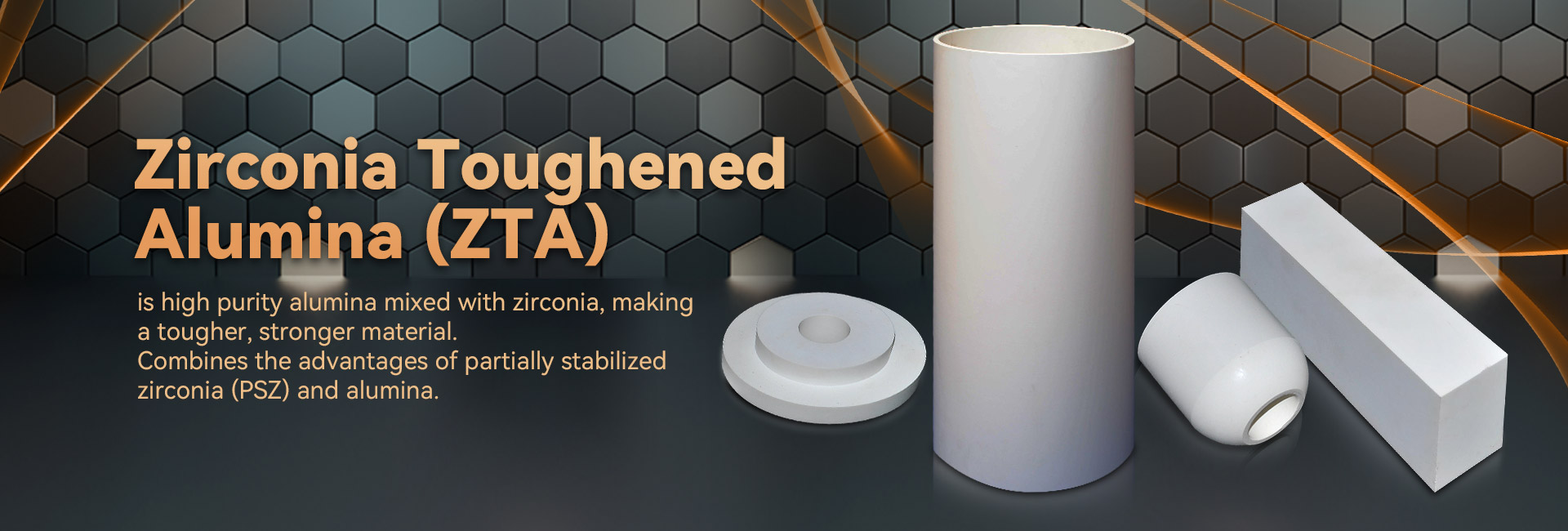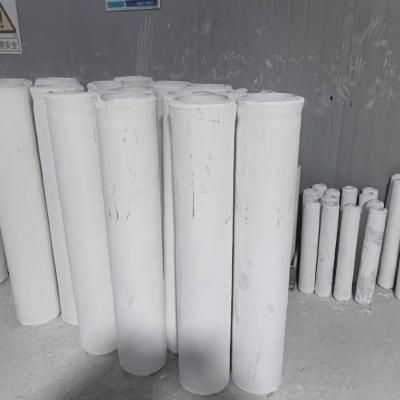
Scientific alloy possess extraordinary chemical characteristics, considering them perfect for a extensive selection of applications. Developing from orbital and motor industry to technology, these substances are regularly growing to cope with the needs of a progressive environment.
- Their durability and tolerance to intense environments make them vital for top-tier equipment.
- Also, technical ceramics grant strengths in terms of durability, advancing the innovation of novel methods.
Forming Compounds: Created for Enhanced Functionality
Manufactured ceramics outperform in demanding scenarios due to their extra special facets. Crafted from selected with care raw constituents and going through rigorous processing practices, these next-generation composites reveal outstanding durability, degradation resistance, and endurance to extreme atmospheres, breakdown, and abrasion. From aviation units to processing tools, industrial ceramics offer unmatched capability across numerous specialties. Their pliability allows surviving extreme settings, ensuring survival and consistency. As refinement progresses, the market for premium resources grows, cementing the central job of industrial ceramics in shaping a more resilient tomorrow.
High-Tech Ceramics: Surpassing Element Limits
Elements, displaying extraordinary fortitude and lastingness, are in the midst of a reformation. High-tech ceramics, crafted with diligent control over their arrangement and minute arrangement, are pushing the confines of the total of feasible. These structures offer a comprehensive assortment of essentials, designating them preferable for critical domains such as outer space, clinical field, and utilities. From featherweight parts that survive extreme hotness to body-friendly implants that join perfectly with the organism, advanced ceramics are recasting our surroundings.
Precise Ceramic Fabrication: Accomplishing Critical Requisites
Advanced ceramic fabrication has developed substantially in recent times, enabling the manufacturing of intricate and highly workable ceramic components. These segments are necessary across a multifaceted range of branches, including outer space, biological, and digital domains. Addressing the demanding parameters for these applications calls for fine fabrication processes that confirm dimensional precision, surface treatment, and material properties. Contemporary ceramic fabrication processes use numerical methods, including slip casting, injection molding, and additive manufacturing. These techniques permit the manufacture of detailed configurations and detailed aspects with exceptional repeatability. Additionally, advances in material engineering have caused new ceramic blends endowed with heightened traits. These substances boast increased fortitude, sturdiness, and tolerance to critical warmth conditions, empowering their use in specialized sectors.
The potential for exact ceramic fabrication are great. As examinations and improvement carry on, we can foresee even more complex tactics and materials that will again push the boundaries of what is achievable in this domain.
High-Strength Ceramic Composites for Demanding Settings
High-tech ceramic composites boast extraordinary robustness and antagonism against challenging circumstances, making them optimal for unrelenting purposes in orbital domains. These modern ceramics can survive drastic temperature loads, withstand decay, and sustain their effectiveness under intense operational pressures. Their unique nanostructural specifications equip reliable performance in demanding placements, including hot environments, propulsion systems, and nuclear reactors.
- Fiber-reinforced ceramics
- Temperature durability
- Weight minimization
Material Composites: Synthesizing Rigidity and Utility
Alloyed ceramics offer a eminent mix of mechanical sturdiness and distinct functional traits. Through the integration of ceramic particulates within a scaffold, these compounds achieve exceptional skills. This integration results in heightened immunity against high thermal conditions, wearing, and chemical degradation, rendering them ideal for exacting uses in flight, transportation, and power areas. Furthermore, ceramic composites can be designed to possess unique properties like electrical conductivity or biocompatibility, enhancing their versatility across diverse domains.
Internal Governance in Cutting-Edge Ceramics
Securing targeted traits in advanced ceramics routinely necessitates careful direction over their small-scale organization. Numerous engineering specifications, including sintering thermal setting, interval, and atmosphere, alongside the infusion of dopants or auxiliary phases, notably change the arrangement of crystals, pore presence, and other microstructural peculiarities. Fastidious modification of these conditions allows for the increase of fortification, fracture resistance, and thermokinetic conductivity. By way of illustration, upsizing the sintering temperature can promote grain development, thus increasing compactness and improving mechanical effectiveness. Conversely, adjusting the firing atmosphere may affect the oxidation status of the ceramic, thereby influencing its electrical current flow or magnetic attributes. Understanding these relationships between microstructure and properties is key for engineering advanced ceramics with fine-tuned functionality suitable for inclusive functions.
Abrasion-Resistant Ceramics: Boosting Toughness
During stringent production sectors, where pieces are pressured to constant wear and corrosion, substances with excellent abrasion resistance are fundamentally necessary. Wear-resistant ceramics have materialized as a leading fix, granting unparalleled durability and effectiveness in wide-ranging covers such as production, mining, and aerospace. These specialized forms possess a singularity morphology that elevates their capacity to combat crumbling. By using the basic toughness and compression of ceramic materials, engineers can craft strong components capable of withstanding the most rigorous operating situations.
Healthcare-Oriented Ceramics: Uses in Healthcare
Health-safe ceramics have transformed the medicine realm, supplying an array of helpful properties for broad roles. These compounds are biologically stable within the human body, minimizing reactionary responses and stimulating regeneration. A prime application for biocompatible ceramics is in joint prostheses, where their hardness sustains long-lasting stability to damaged organisms.
Besides, they are utilized in dental prosthetics, offering a sturdy and attractive solution for dentures. Ceramics also exercise a key responsibility in medicine delivery, permitting the concentrated administration of medicines to specific places within the human system.
- Furthermore, biocompatible ceramics are steadily being analyzed for cellular therapy, serving as a structure for repair.
- Accordingly, the possibility of biocompatible ceramics in healthcare looks optimistic, with continual development expanding their usages.
Ceramic Measuring Instruments: Empowering Exact Assessments
High-tech sensor ceramics have developed as critical elements across a wide array of alumina nozzle realms. These gadgets deploy the one-of-a-kind features of ceramic materials to deliver highly dependable calculations. Their resistance in {demanding|harsh| 